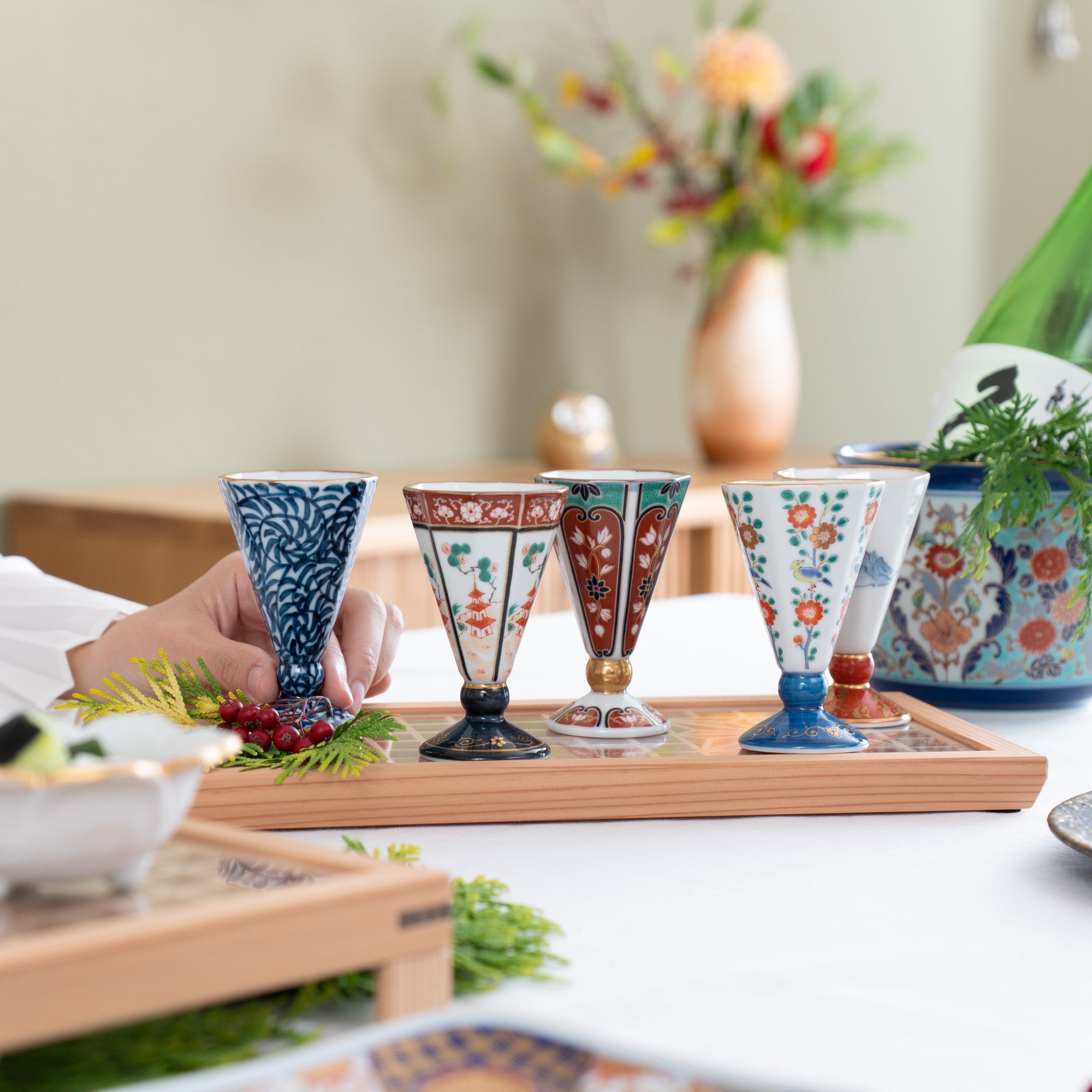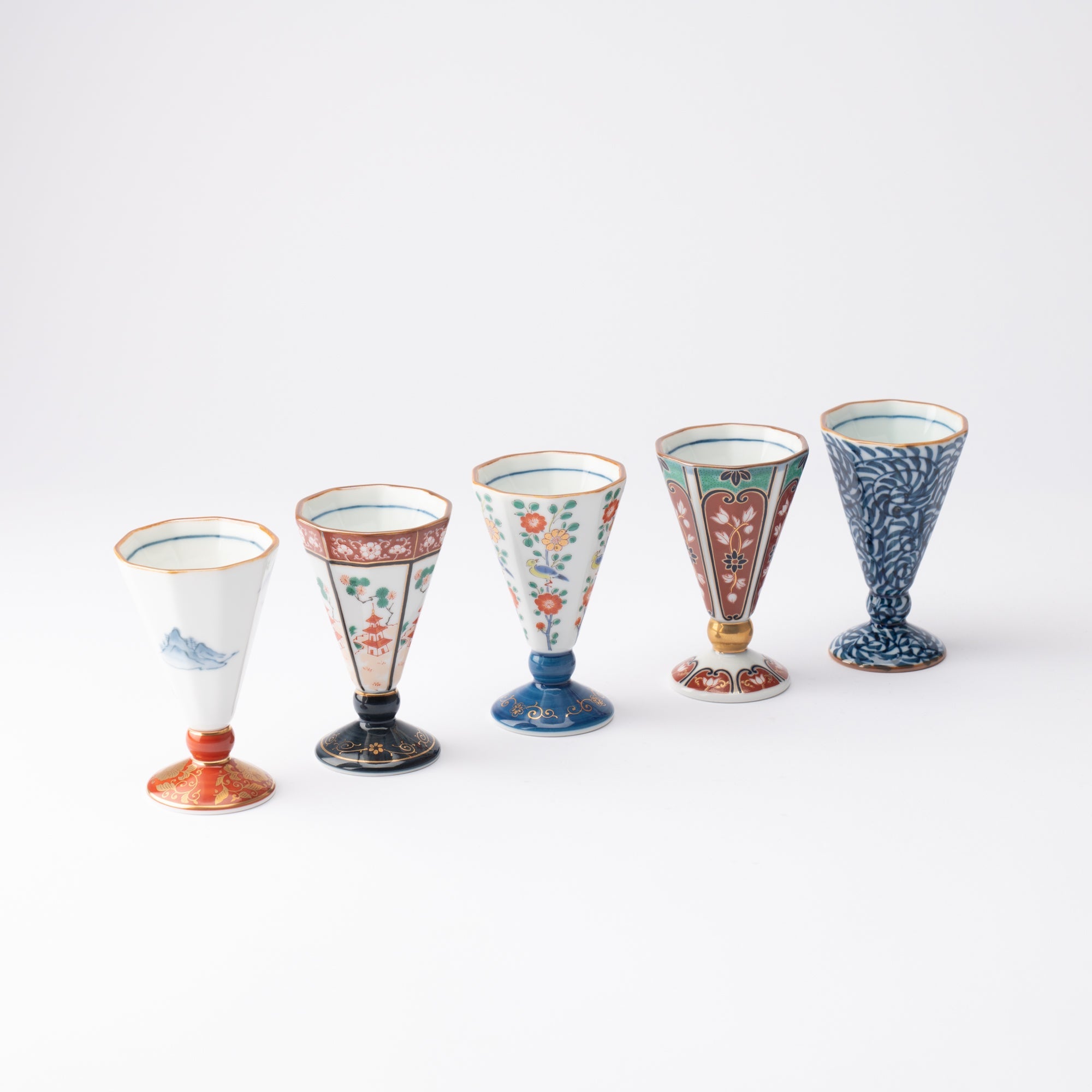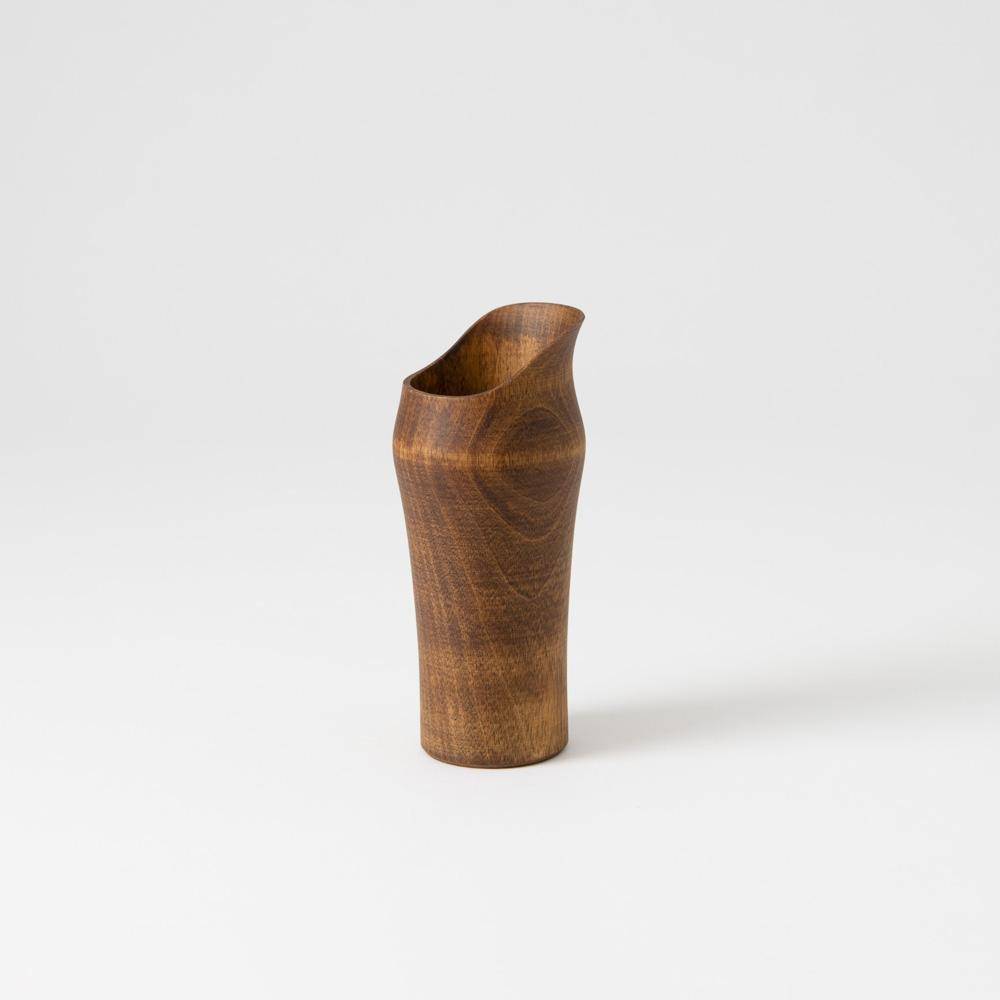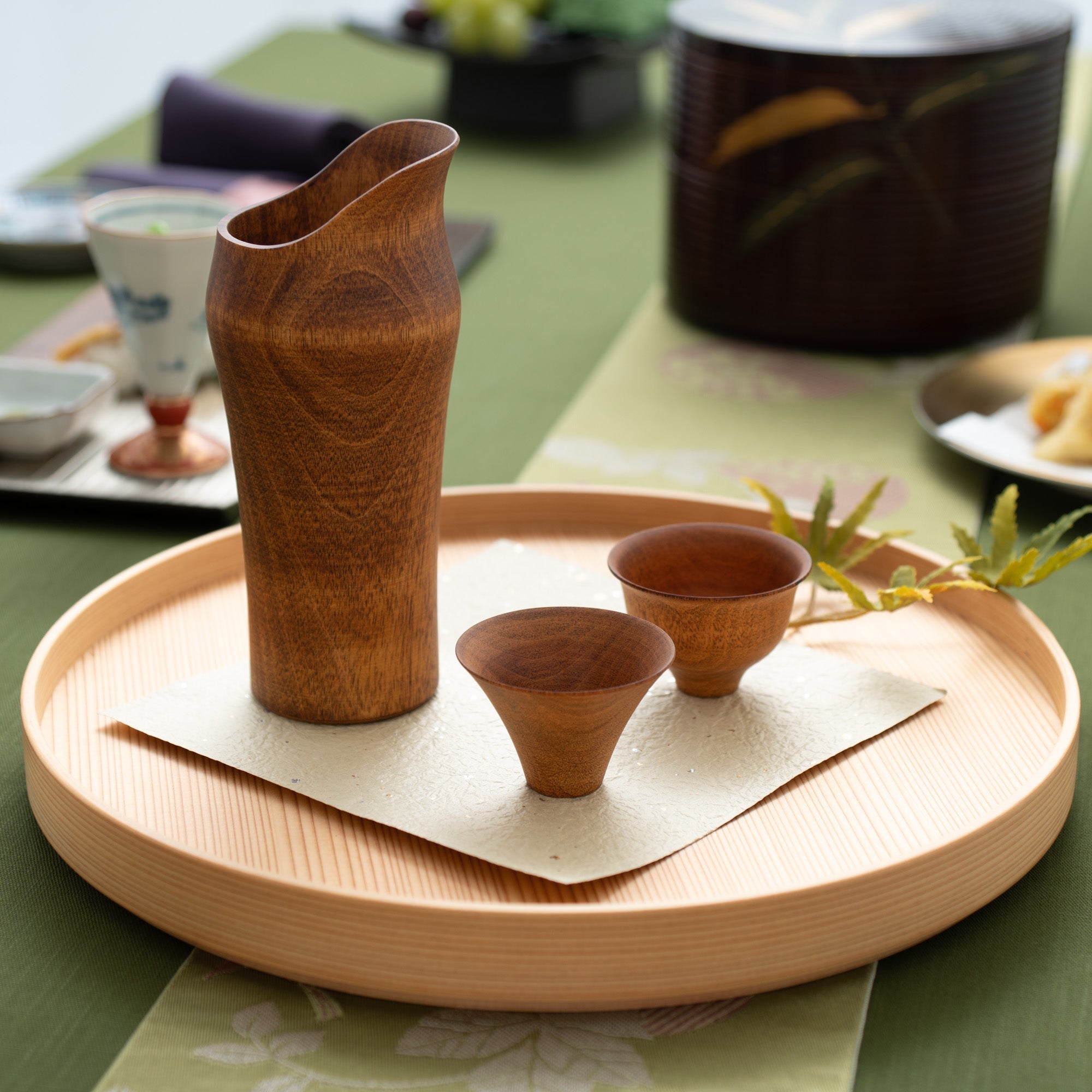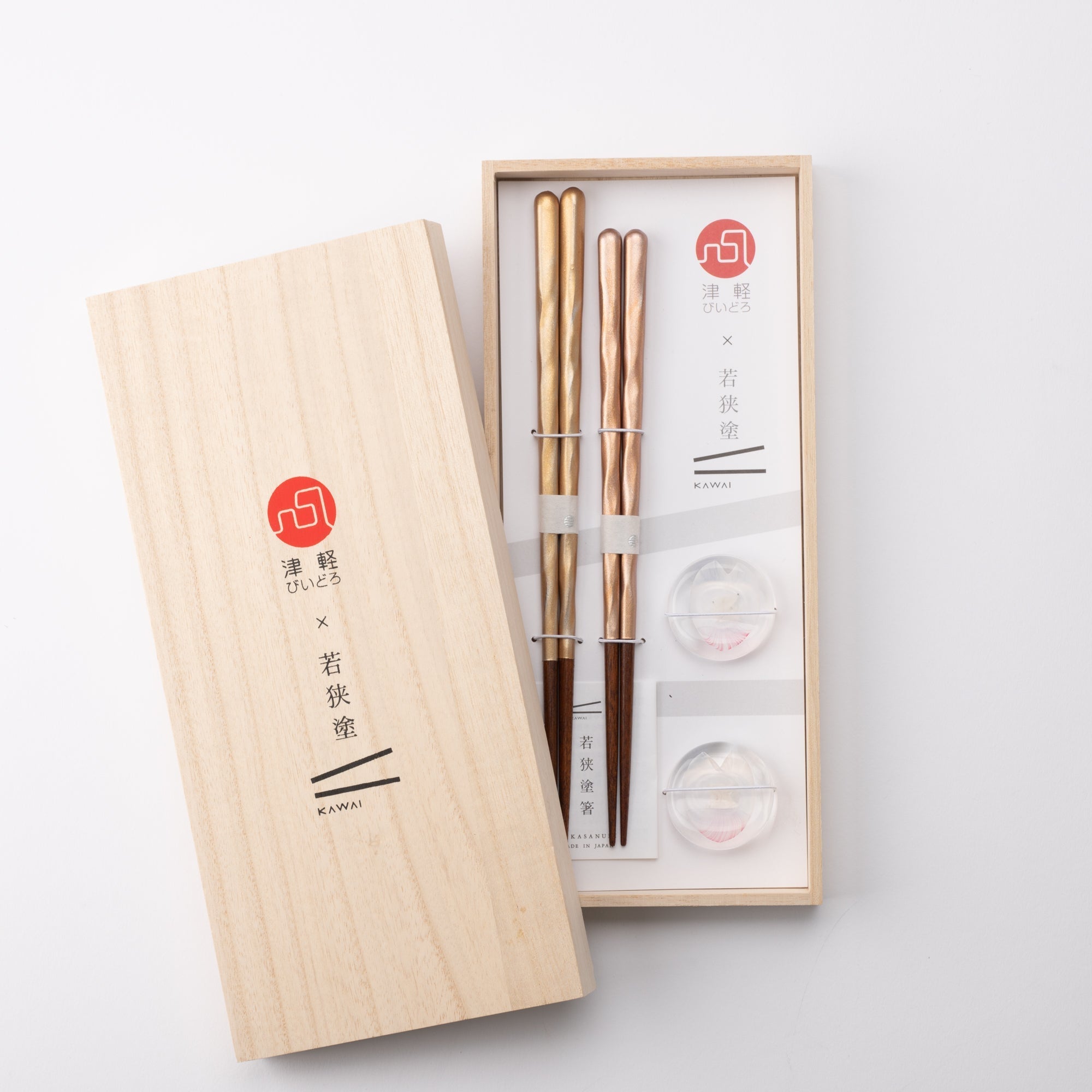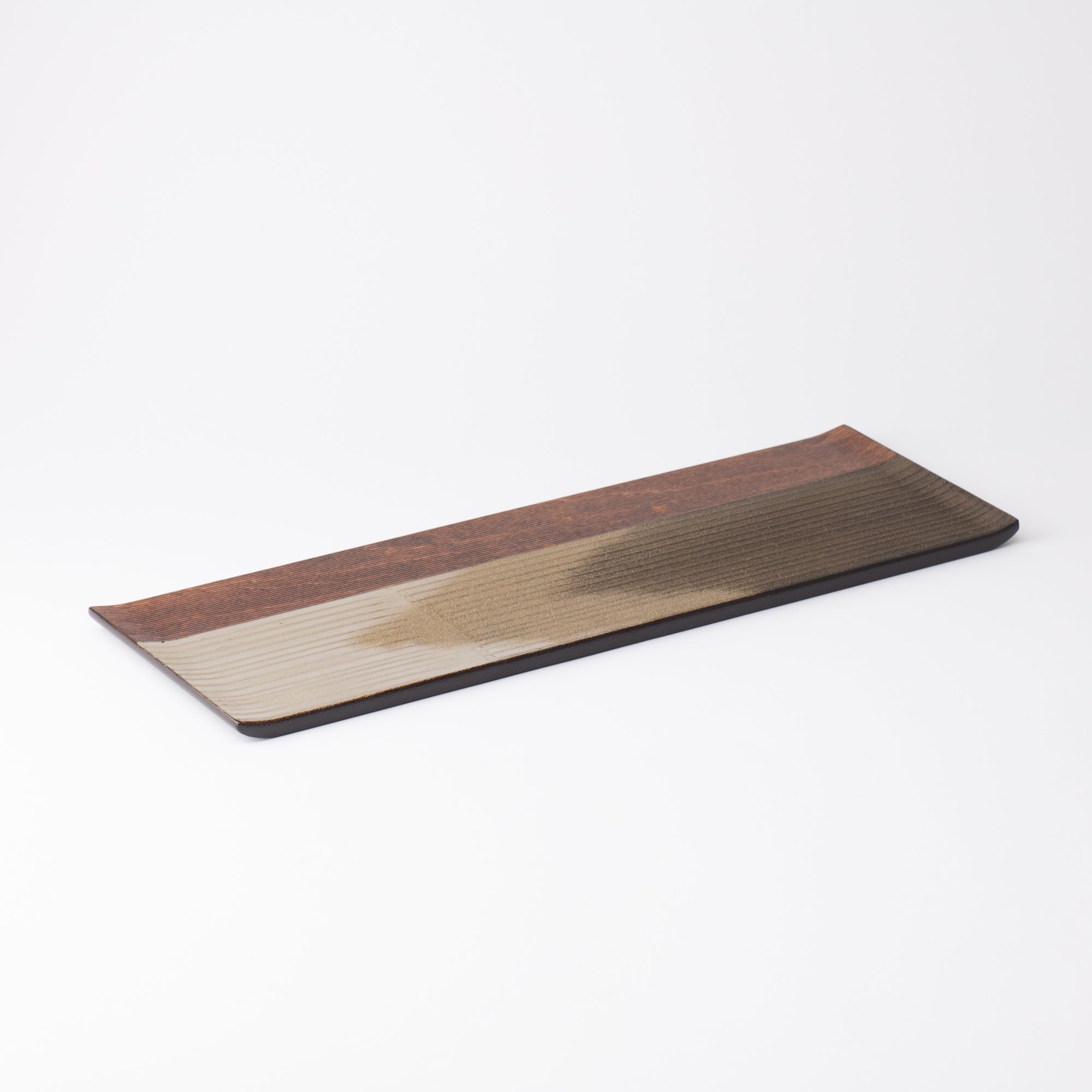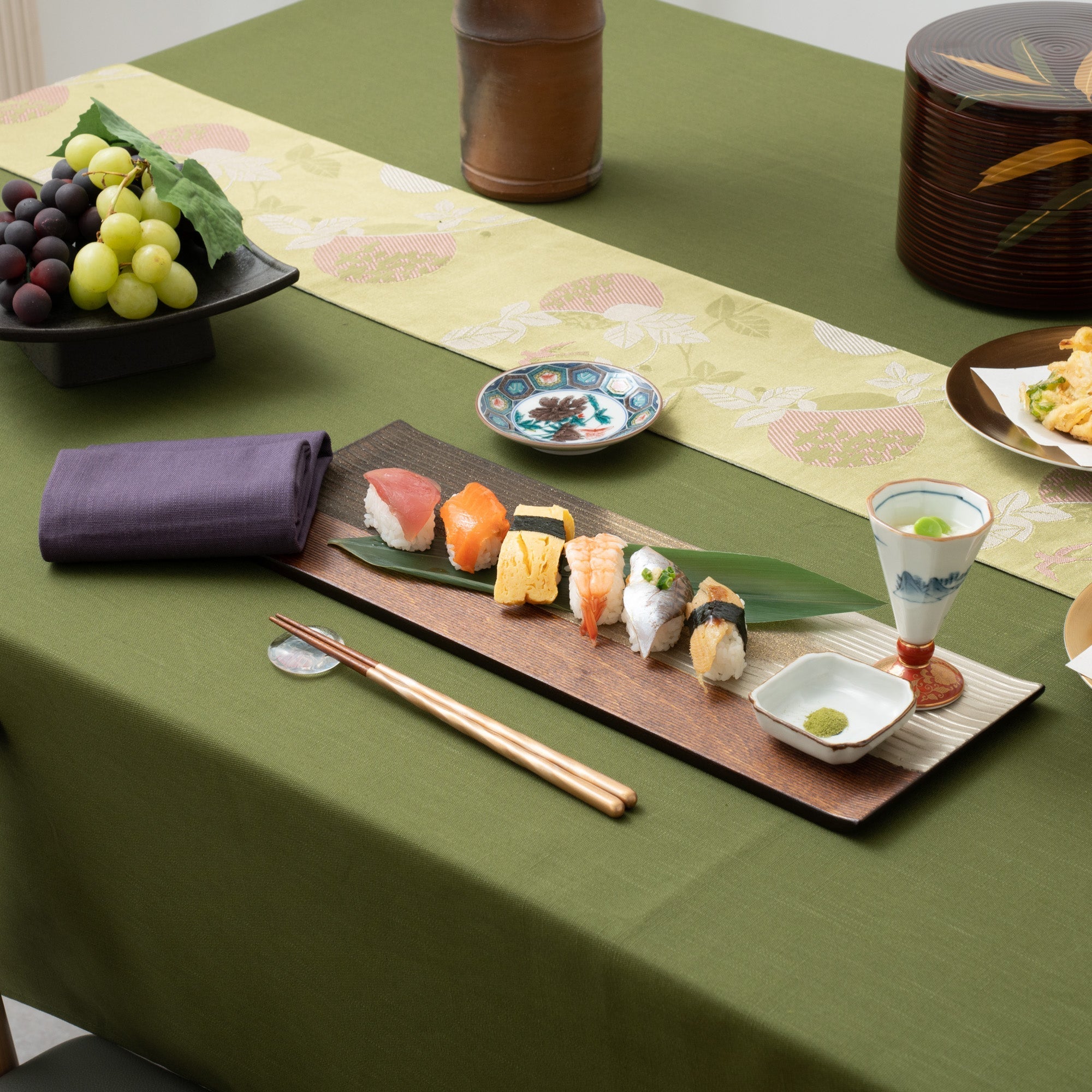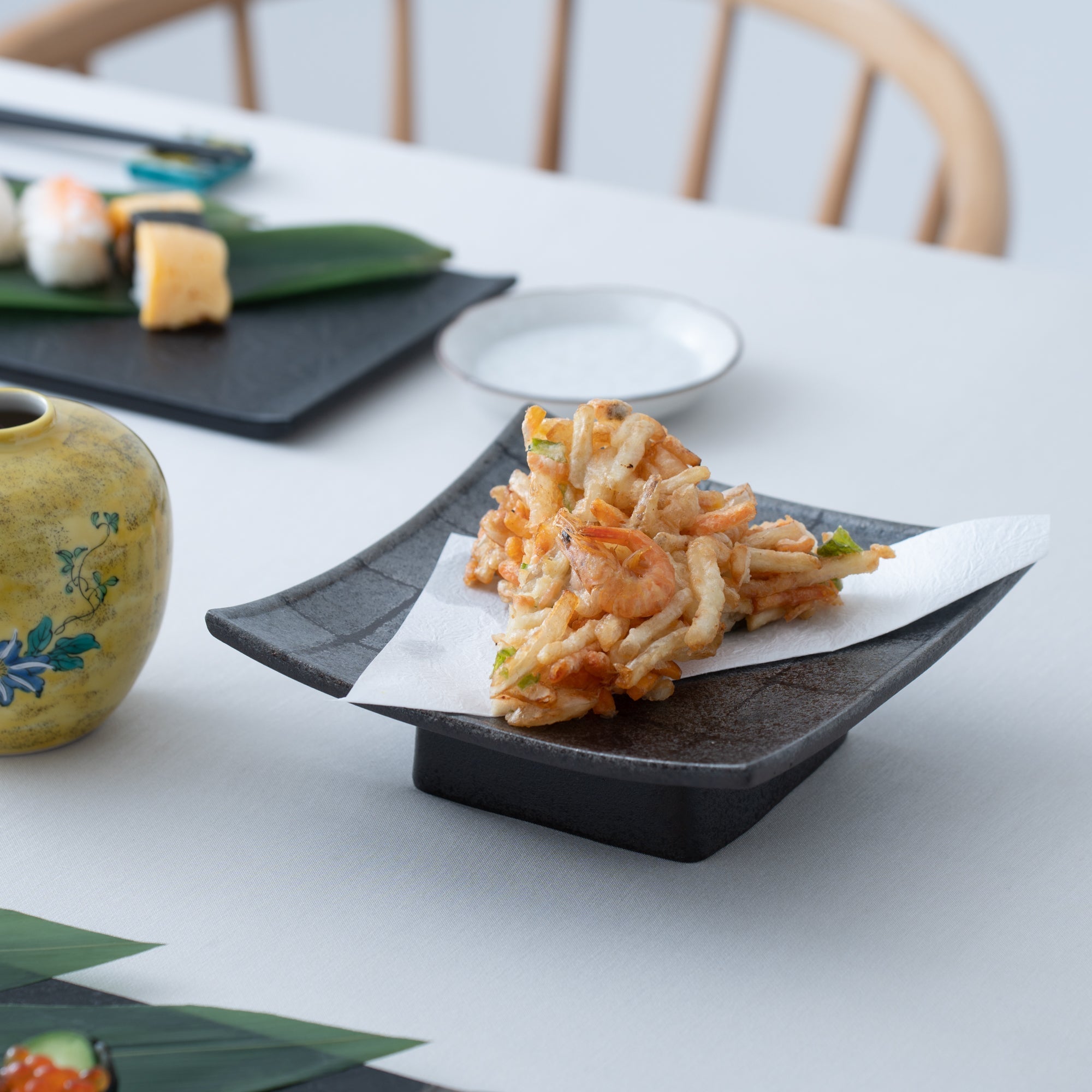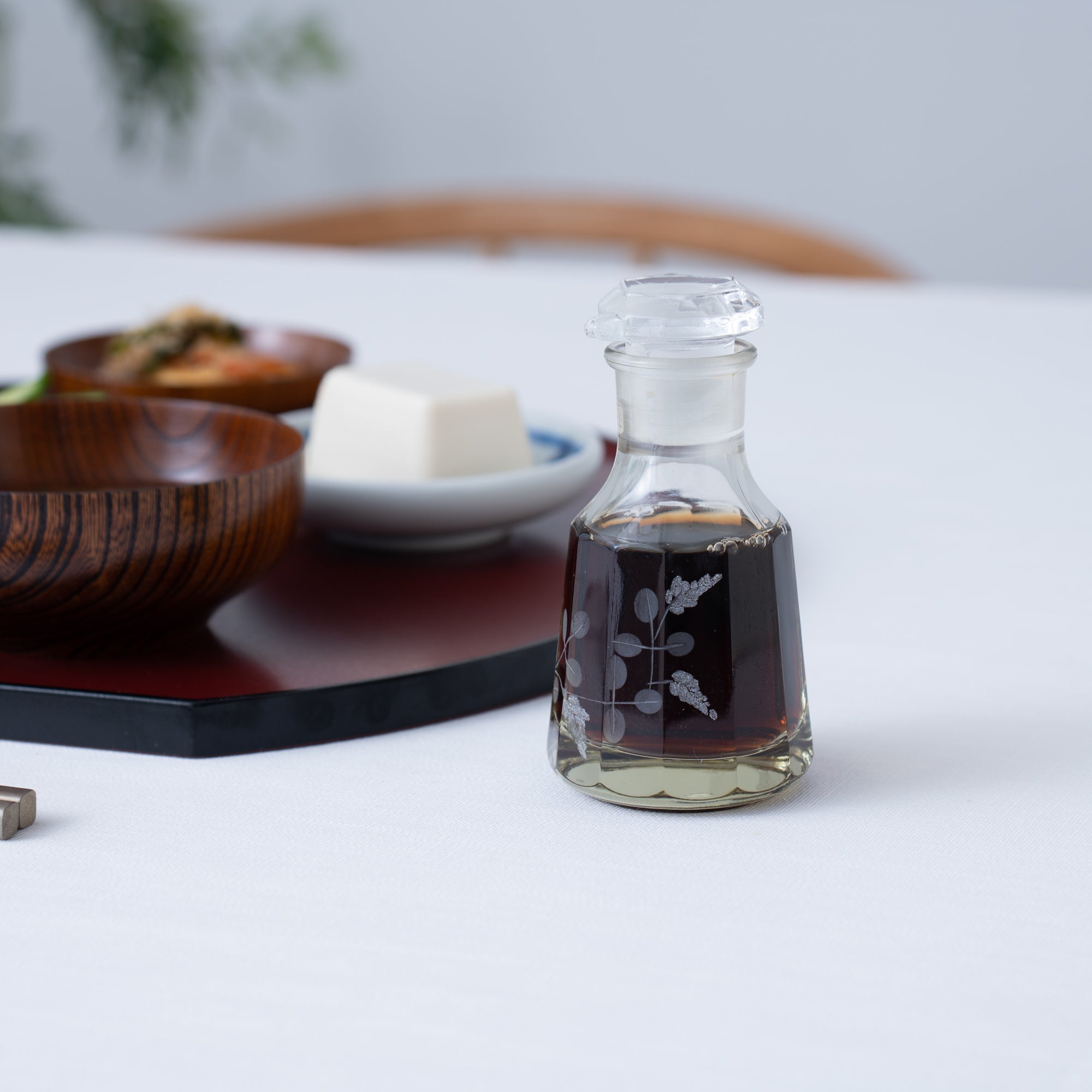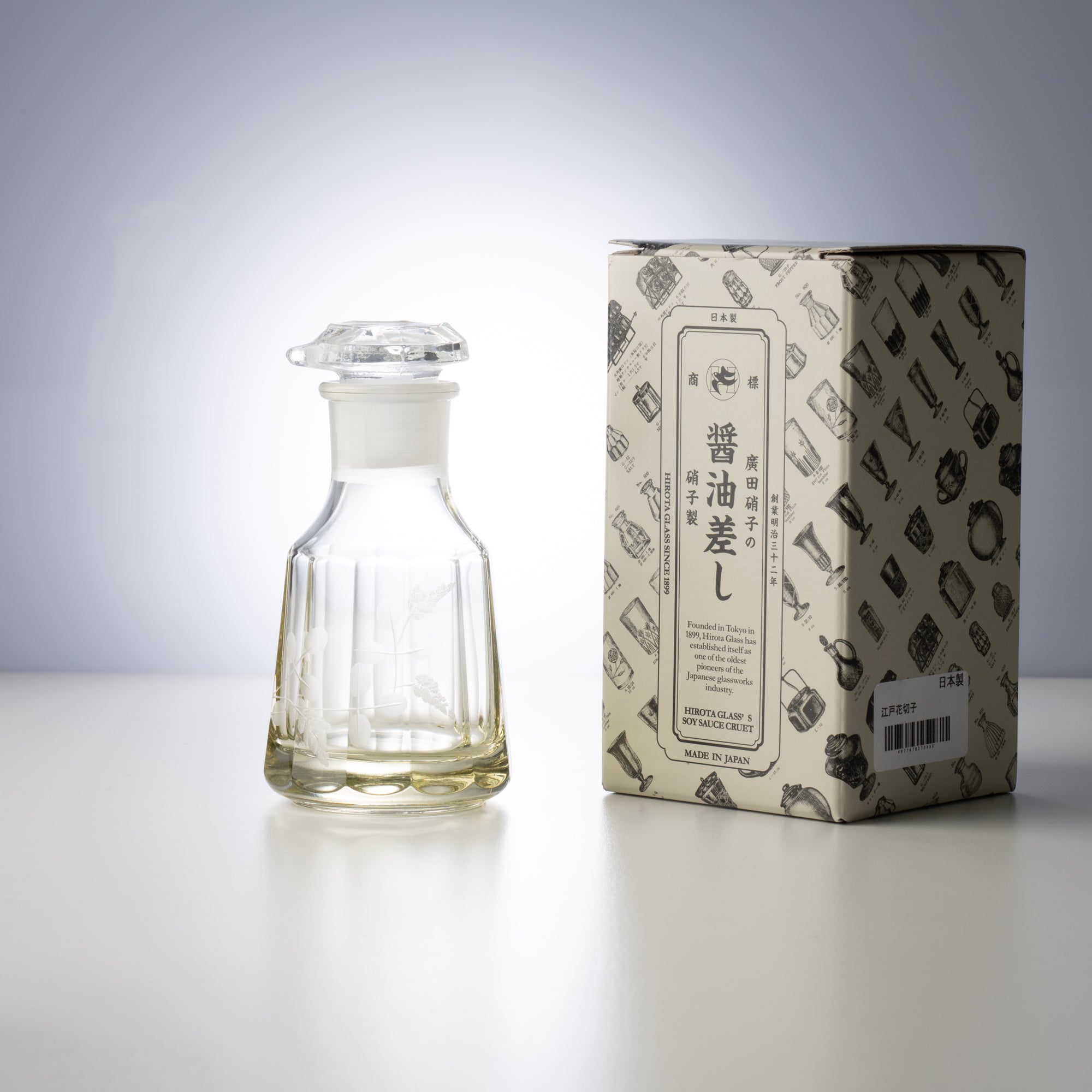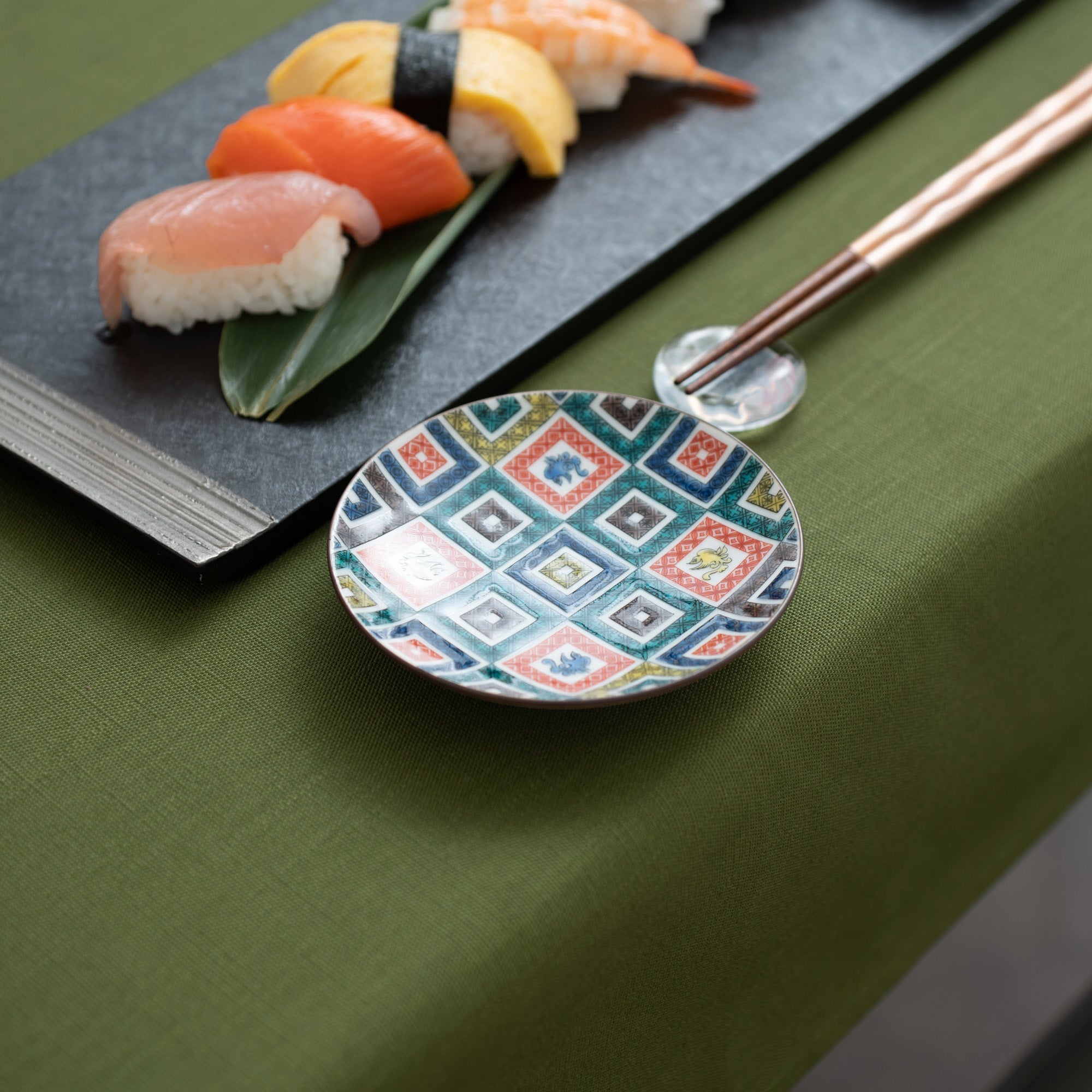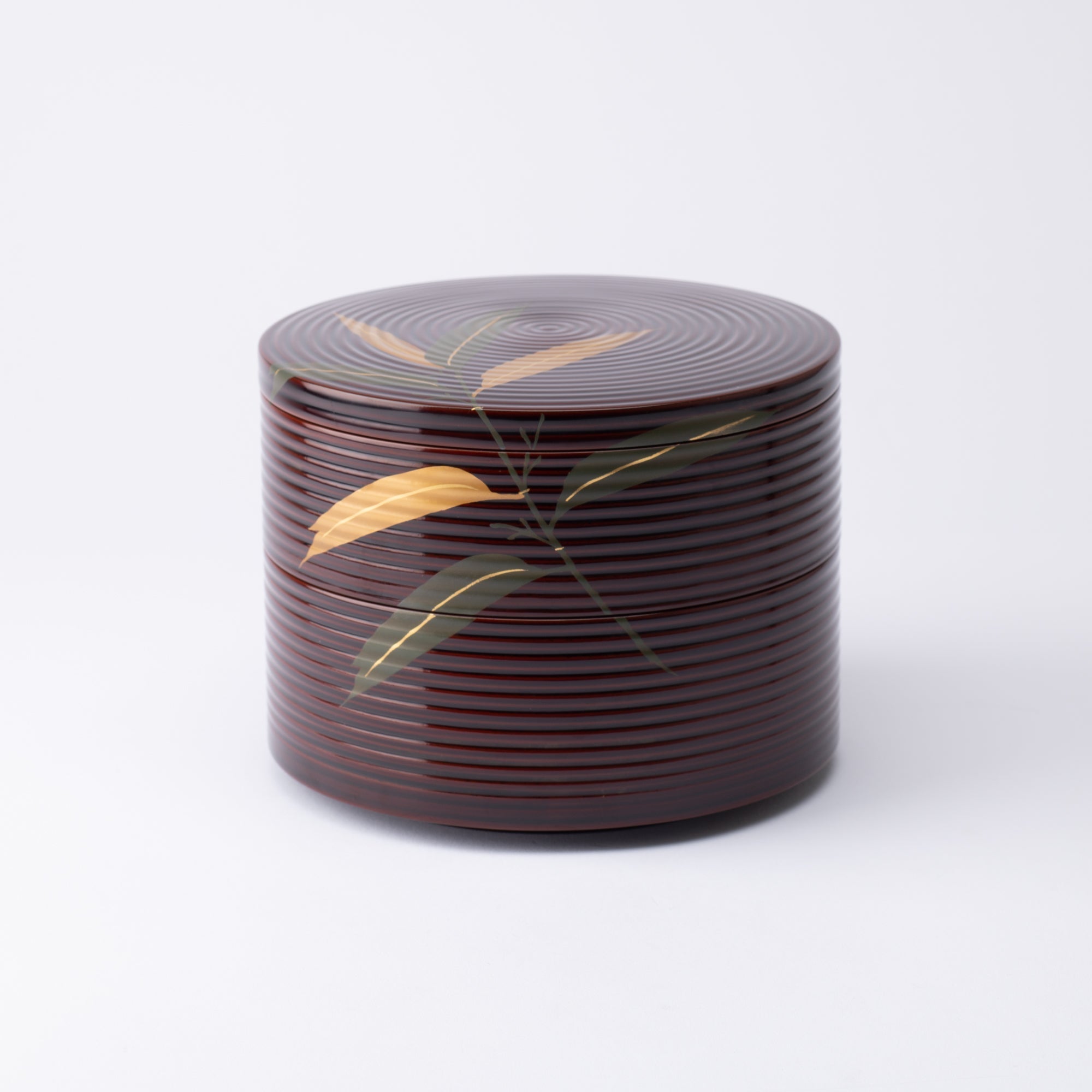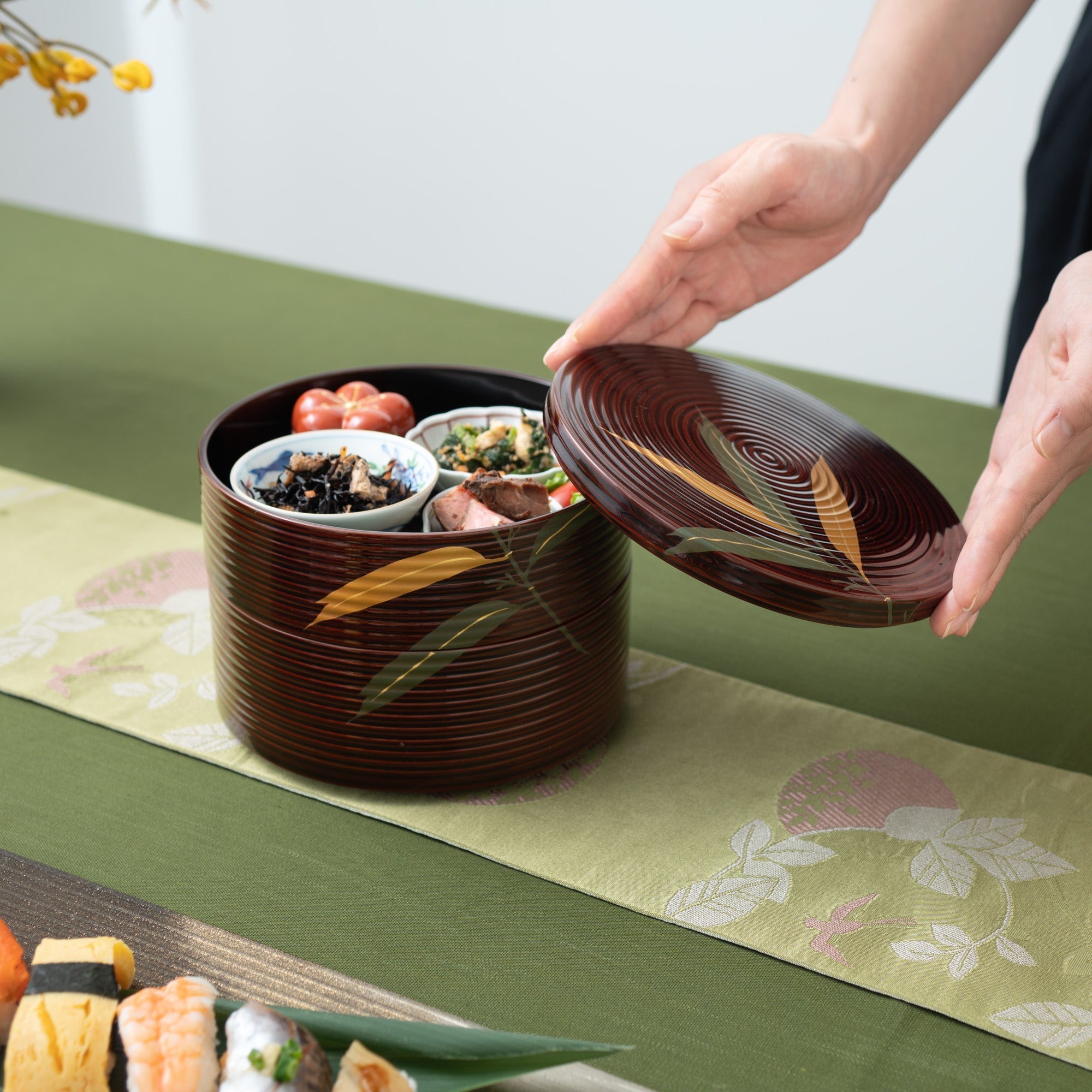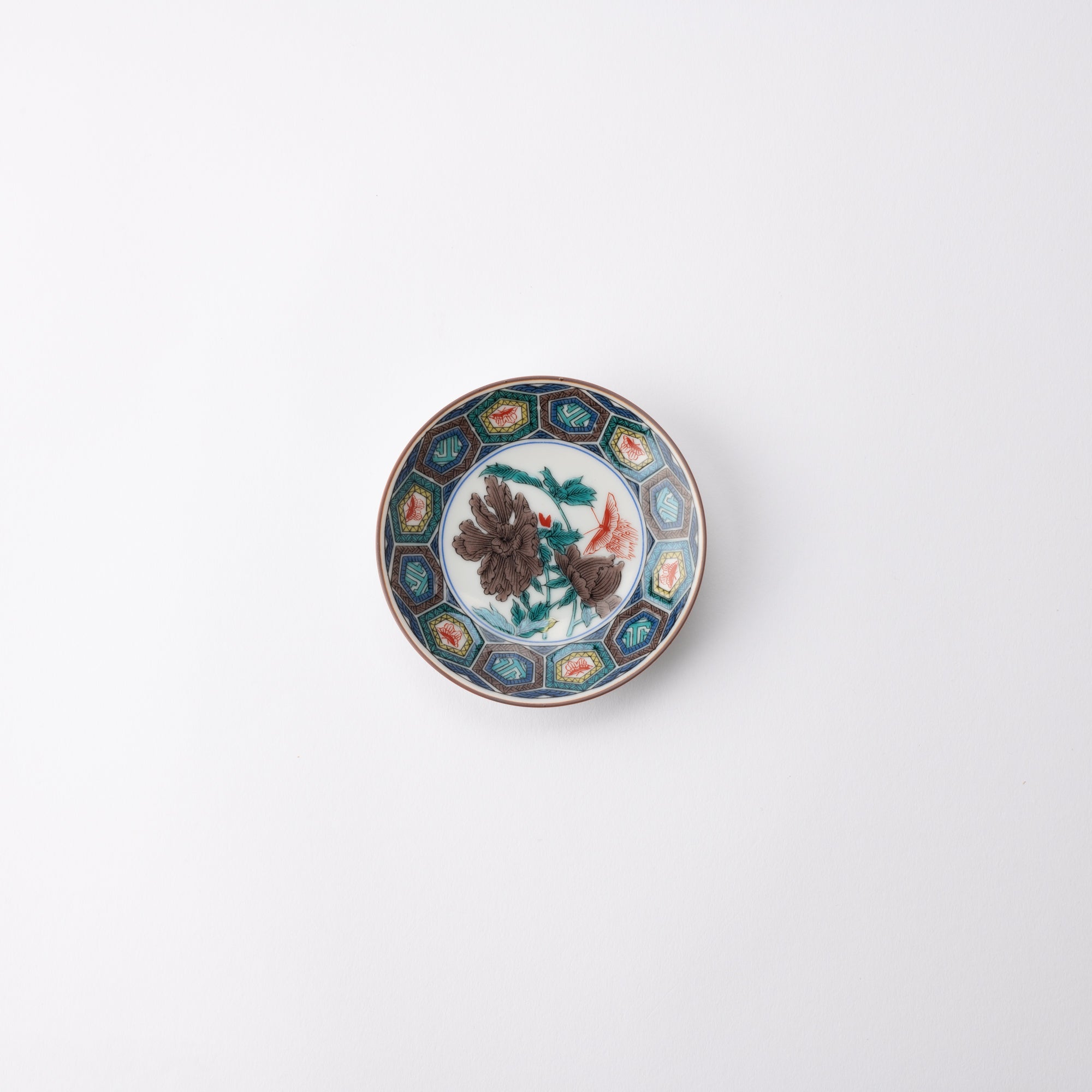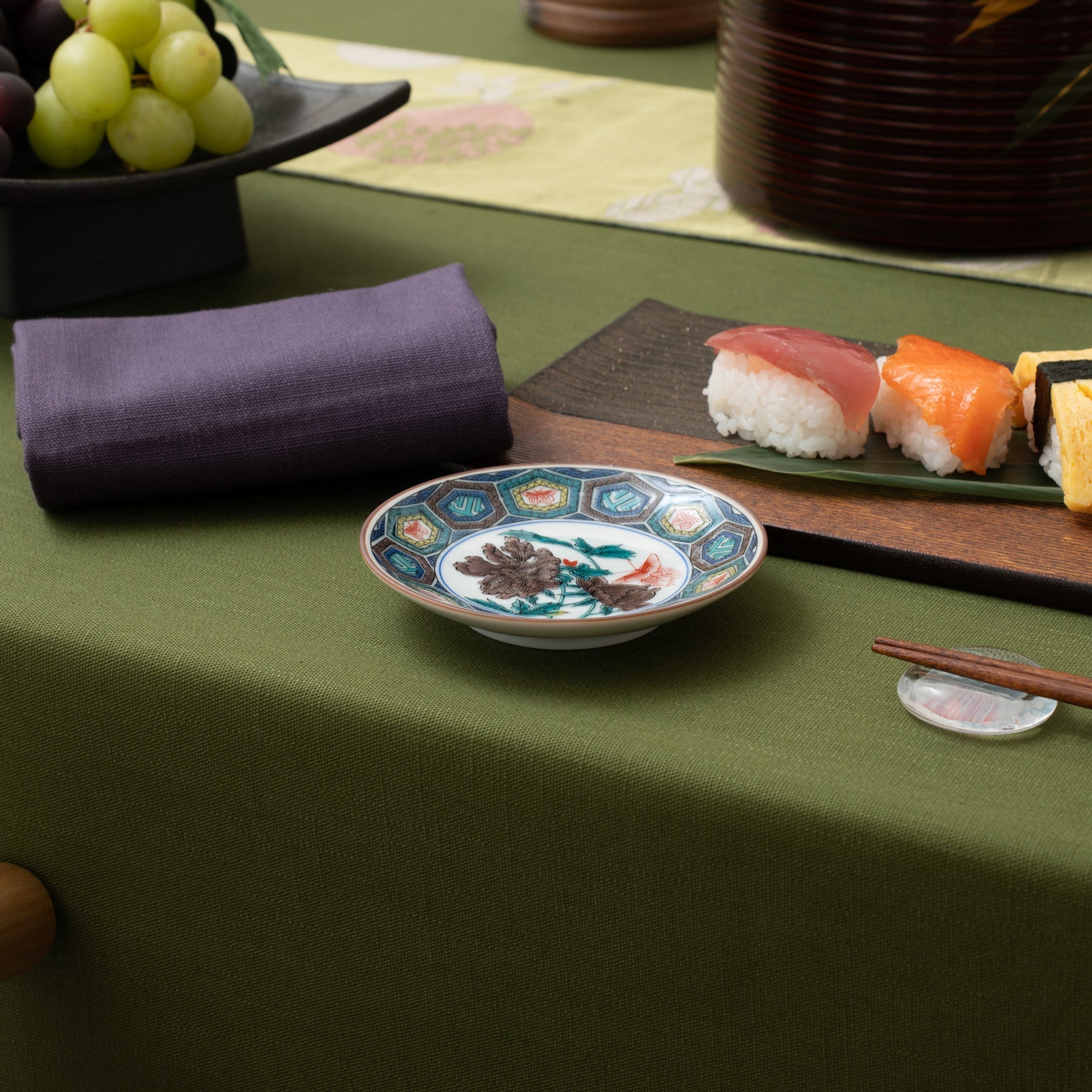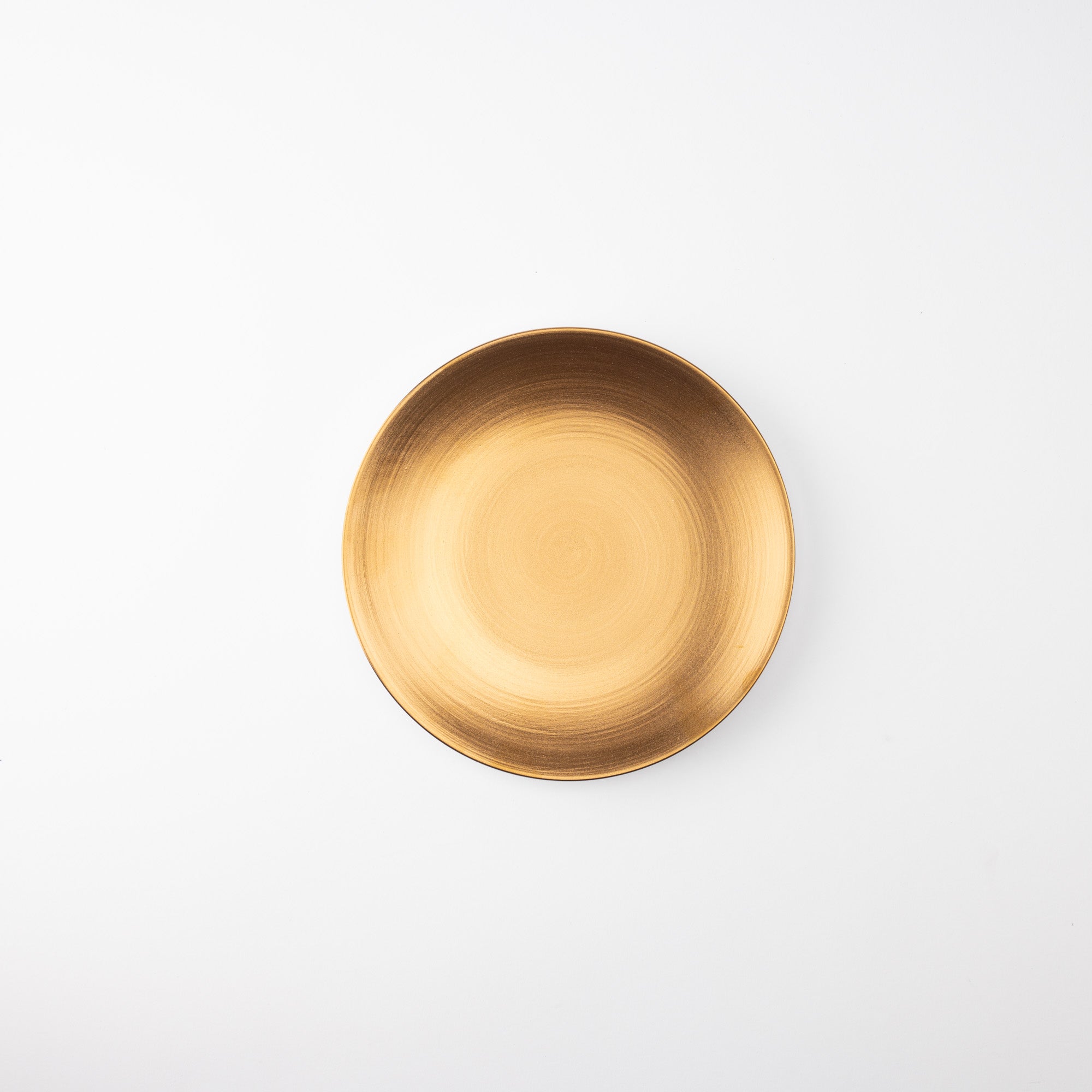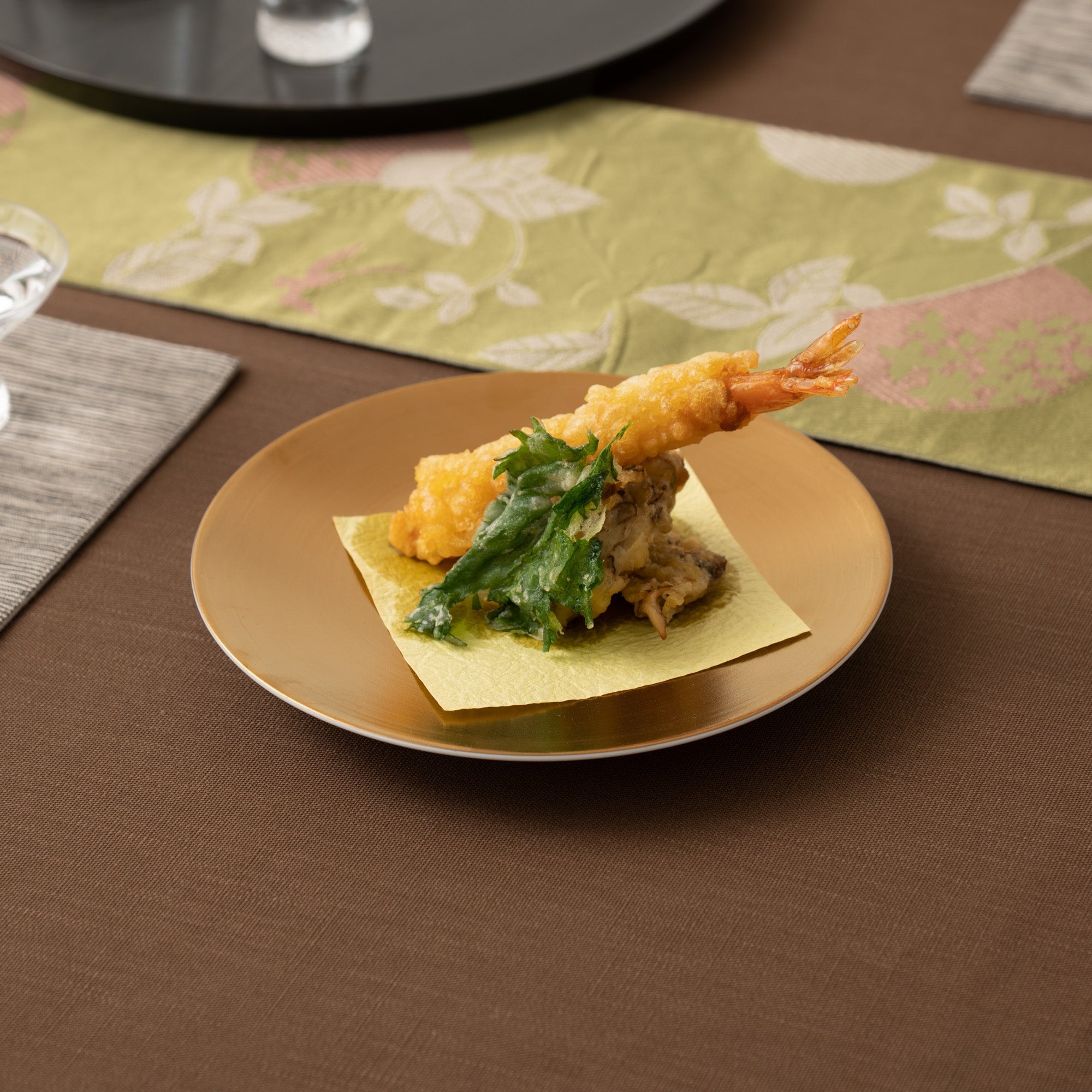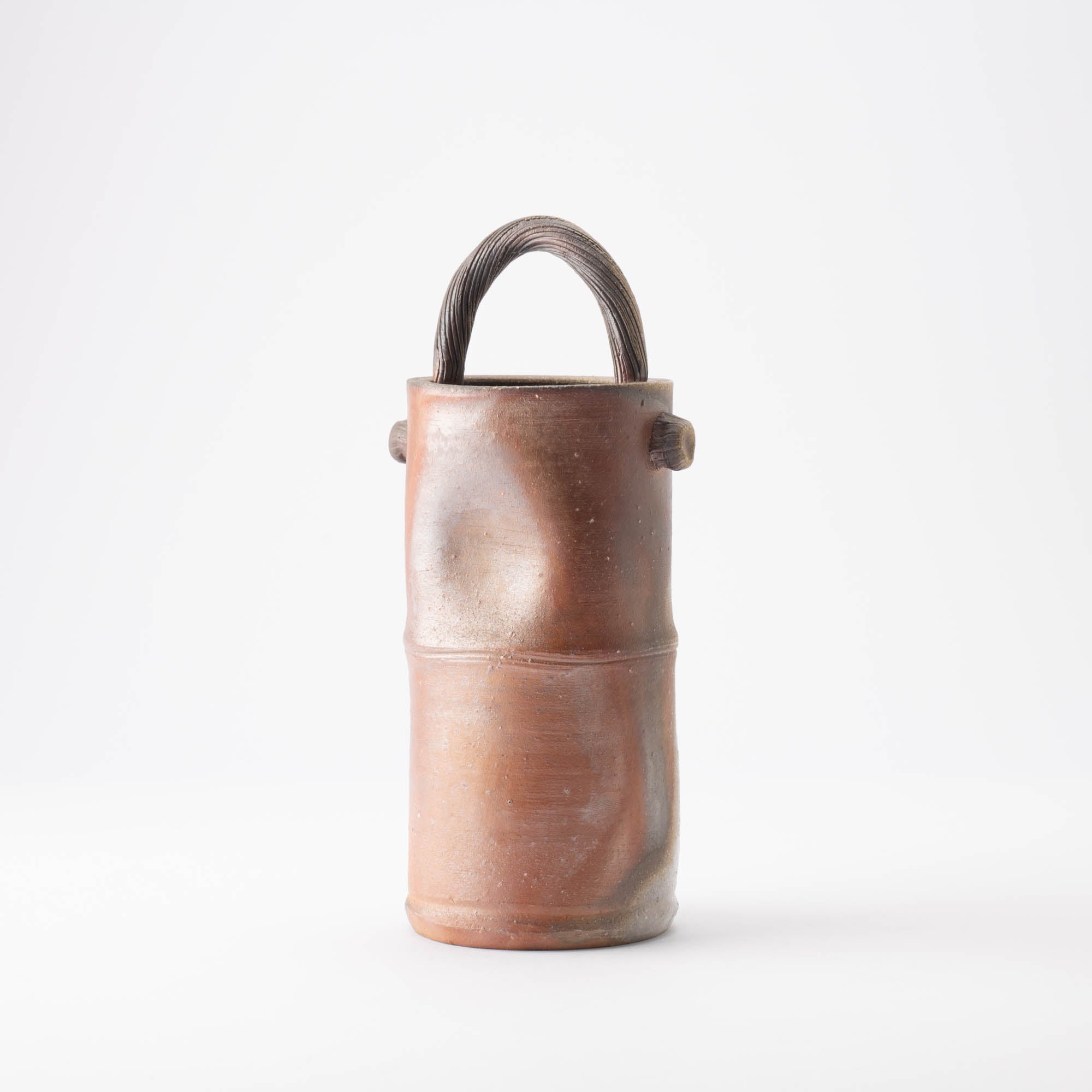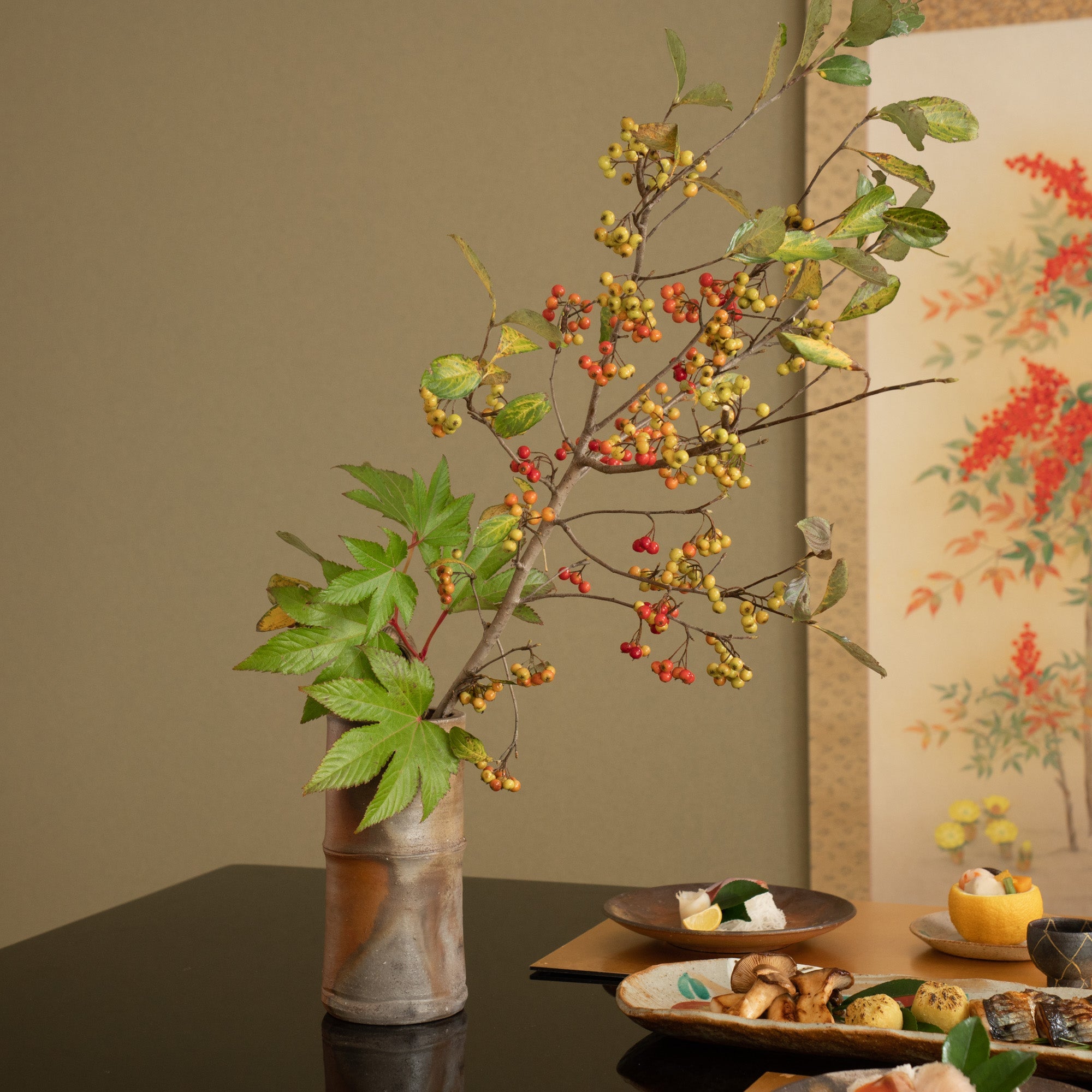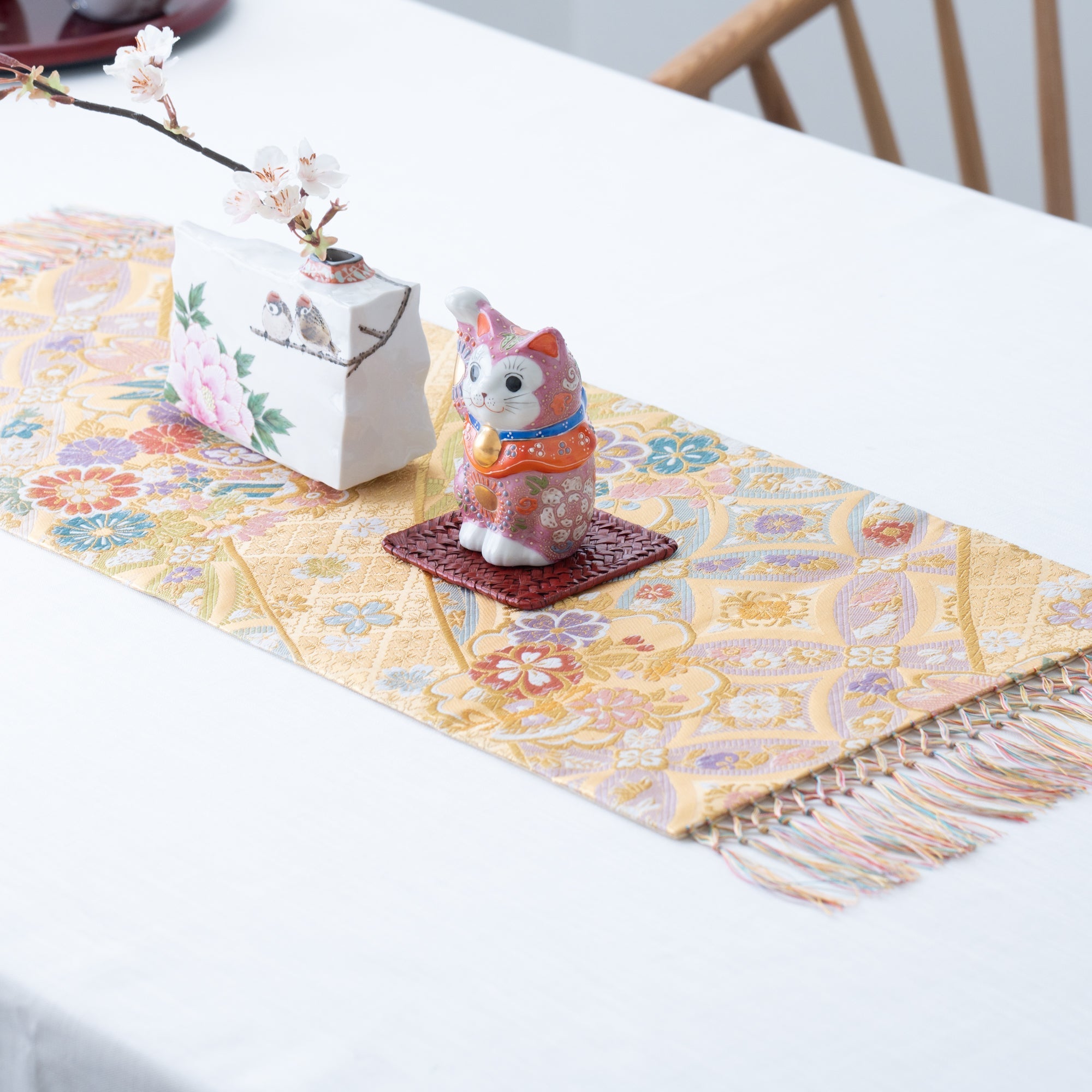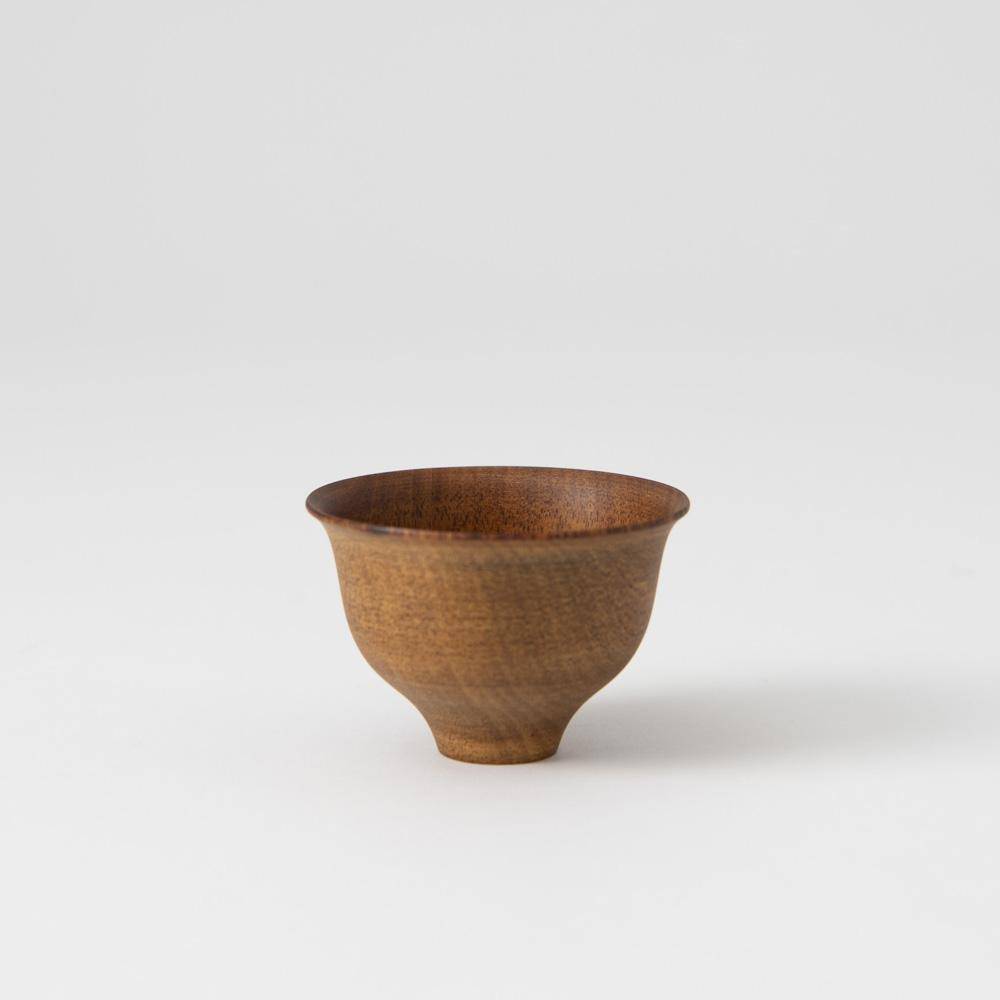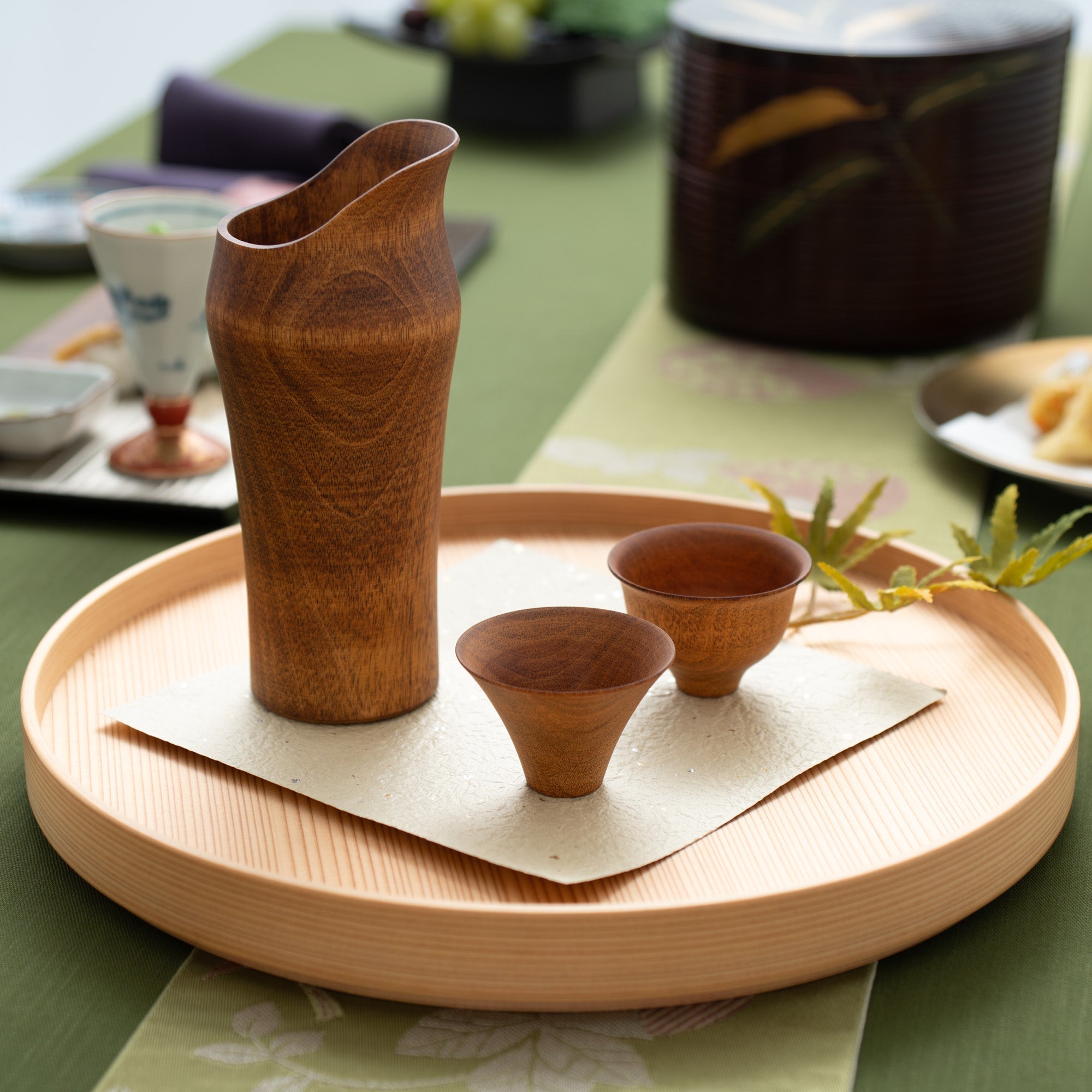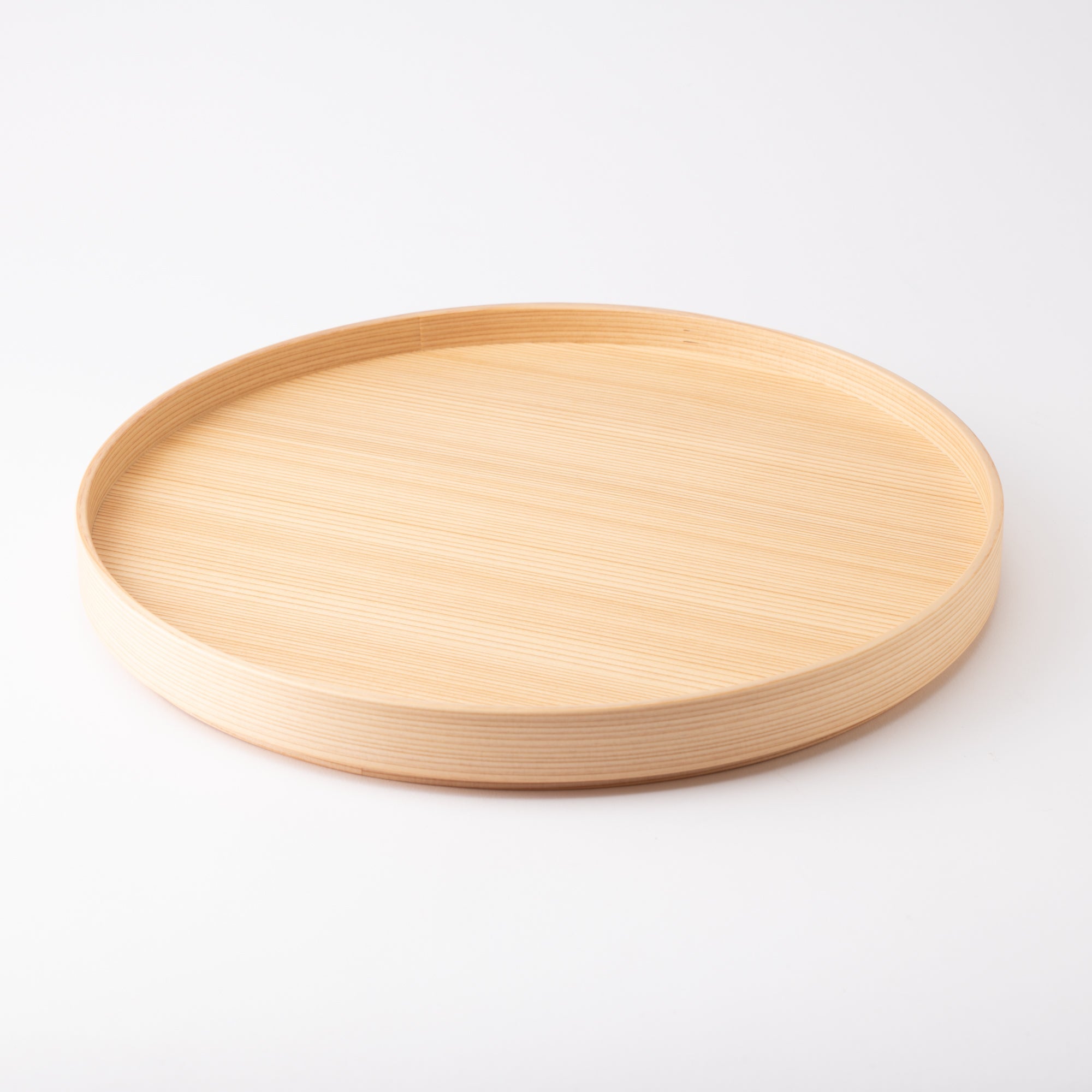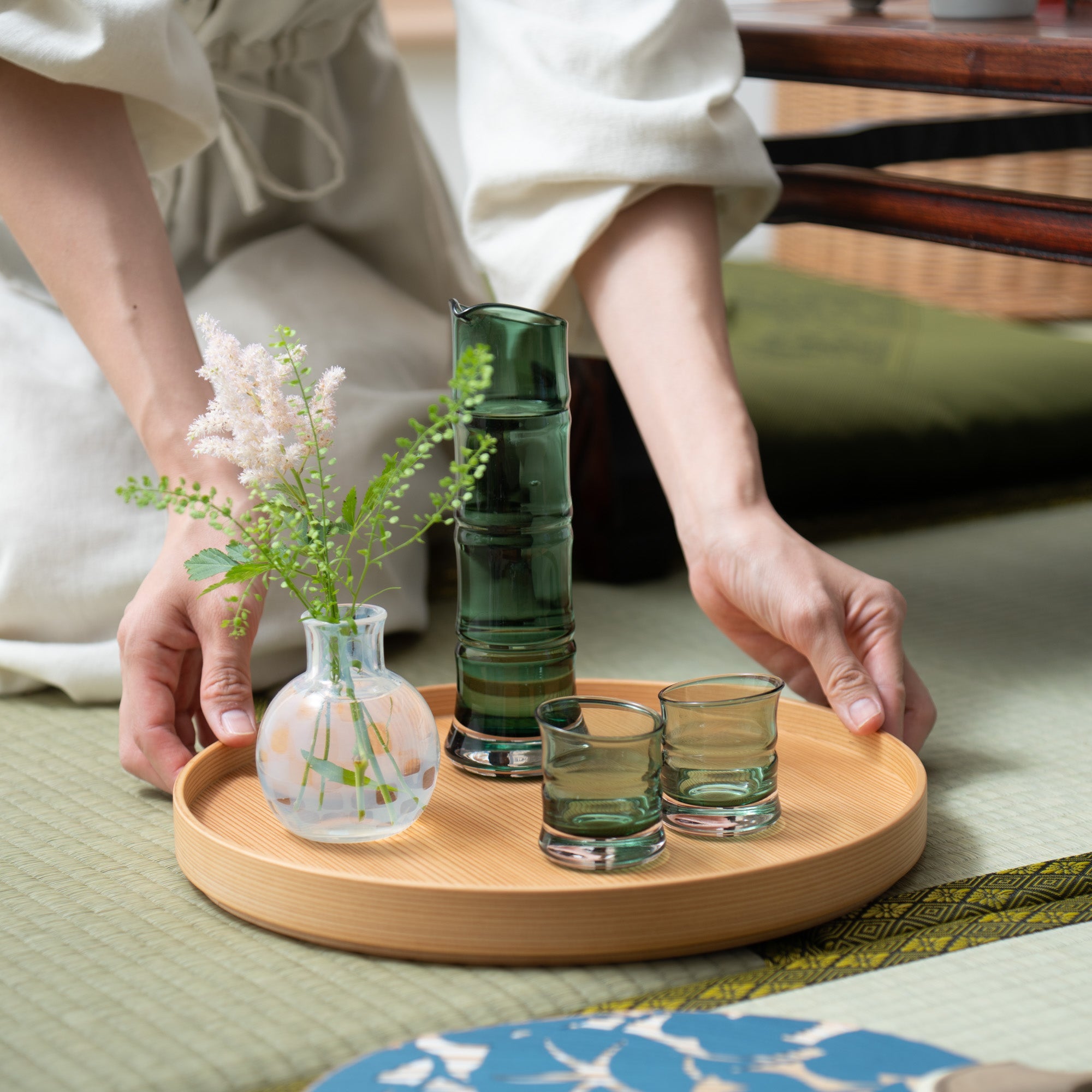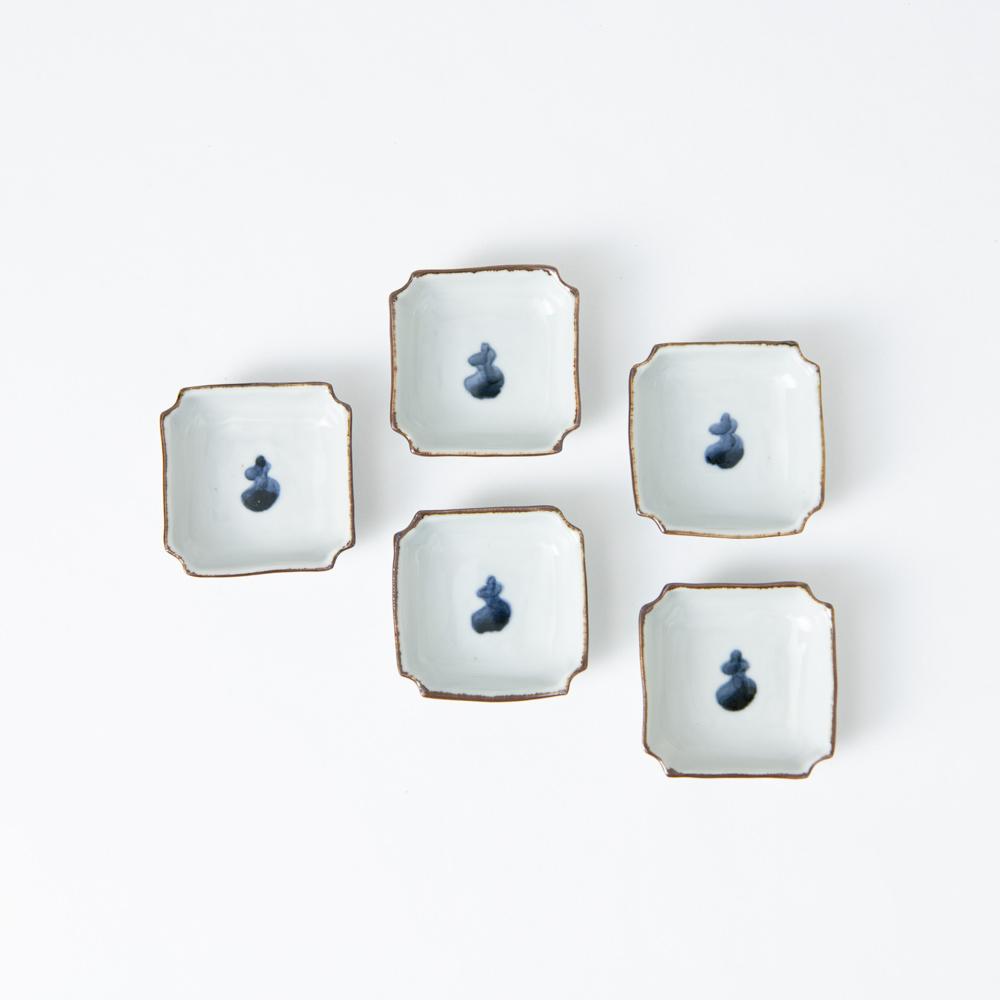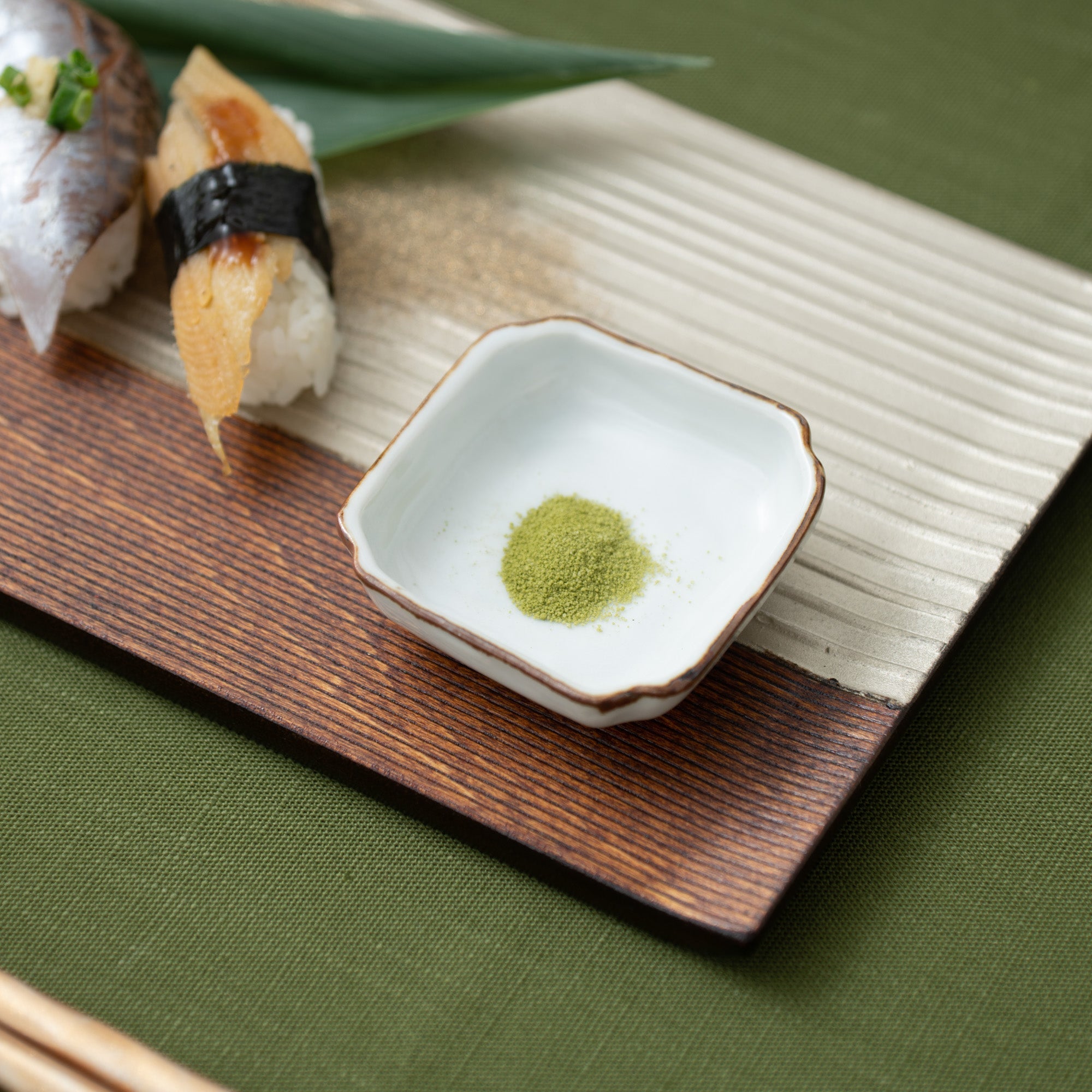
The Best Menu Dinner with Luxurious Lacquerware
Who wouldn't be delighted to come home to a delectable meal of sushi and tempura?
Let stylish and lavish lacquerware items take center stage at the table for a fine-dining eating experience at home with family and friends.
Filters
Old Imari Ochoko Sake Cup Set
Sale price$189.00 USD
TOHKA KAKUSEN Katakuchi Sake Carafe
Sale price$302.00 USD
Hosho Champagne Gold Chopsticks Pair Set with Chopstick Rests
Sale price$95.00 USD
TOHKA FUJI Ochoko Sake Cup
Sale price$76.00 USD
Ginsai Serving Tray
Sale price$213.00 USD
Carbonized Ginsai Checkered Side Plate
Sale price$58.00 USD
Autumn Hagi Edo Kiriko Cut Glass Soy Sauce Dispenser
Sale price$91.00 USD
Color Tiles Sauce Plate
Sale price$21.00 USD
Bamboo Grass Maki-e Two Tiers Jubako Bento Box
Sale price$597.00 USD
Hexagonal Pattern with Peony Sauce Plate
Sale price$21.00 USD
Japan Autumn Gold Side Plate
Sale price$126.00 USD
Sangiri Flower Vase With Handle
Sale price$142.00 USD
Shippo Short Table Runner
Sale price$253.00 USD
TOHKA YUNAGI Ochoko Sake Cup
Sale price$76.00 USD
Wood‑grain Round Serving Tray
Sale price$114.00 USD
Gourd Square Sauce Plate Set
Sale price$251.00 USD


